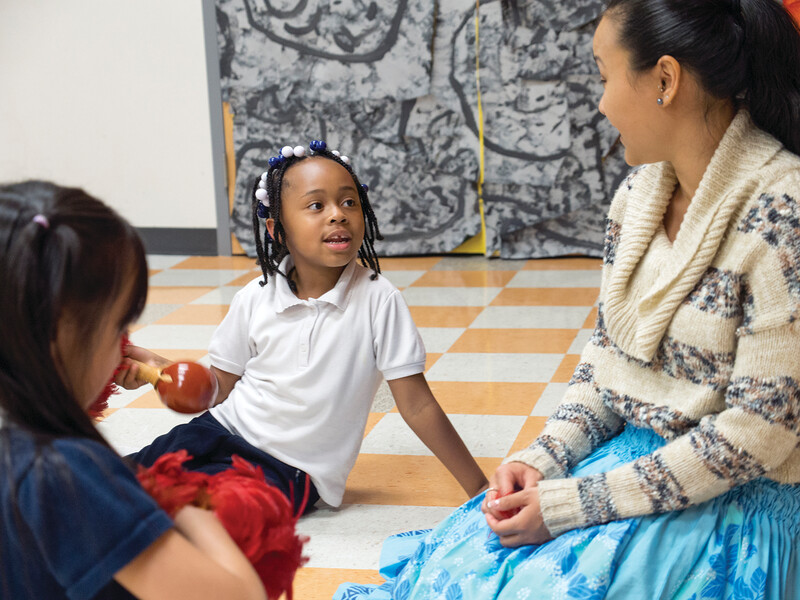- At the elementary level, reading test scores and grades in most subjects were no higher for program participants than for nonparticipants. On average, programs also had no impact on whether or not students completed their homework. For middle school students, grades in math were slightly higher for participants but no different in most subjects.
- Participation in after-school programs did not improve students' feelings of safety after school. Participants were more likely than nonparticipants to engage in some dangerous behaviors, such as smoking marijuana.
The study examined data for 34 district programs at the middle school level and 7 at the elementary school level. It compared students participating in after-school programs with those in a matched comparison group (for middle school) or randomly assigned control groups (for elementary school). Most of the programs had been in operation for one or two years.
The report generated an outpouring of responses criticizing its methodology. Critics decried the fact that the Bush administration used the findings to justify a 40 percent cut in funding for the 21st Century program, which now supports after-school centers in about 7,500 rural and inner-city public schools. And although the report specifically warns that its conclusions are limited to programs funded through the 21st Century initiative, the findings may also cast doubt on the wisdom of spending money on after-school programs in general.
Education leaders may find more relevant information for such decisions in another new report, Critical Hours: After-School Programs and Educational Success. This publication offers evidence from research studies of a broad range of after-school programs, focusing on those for middle school students in particular. Author Beth M. Miller concludes that “many studies over the past two decades point to the links between after-school program participation and educational success.”
The research shows that young people benefit from consistent participation in well-run after-school programs, according to Miller. Studies of students who attend high-quality programs for a significant period of time show improvements in academic performance and social competence, including better grades, improved homework completion, higher scores on achievement tests, lower levels of grade retention, improved behavior in school, increased competence and sense of self as a learner, better work habits, fewer absences from school, better emotional adjustment and relationships with parents, and a greater sense of belonging in the community.
Miller's analysis also found a link between positive outcomes and participation levels: Students who benefit the most from after-school programs tend to participate regularly for months or even years, whereasactivity-based programs a student attends only once or twice a week over the course of a single semester are unlikely to produce long-term effects.
As researchers and policymakers continue to consider the potential benefits of after-school programs, the public must deal with the fact that more and more families consist of two full-time working parents and that our society needs some kind of after-school care to keep children safe and out of trouble. Can after-school programs also help students succeed academically and socially? The answer to this question may determine the amount of scarce resources that education leaders can justify investing in after-school care. Perhaps the more important question is, How can we design after-school programs that best meet the academic, social, emotional, and physical needs of students?
When Schools Stay Open Late: The National Evaluation of the 21st Century Community Learning Centers Program, prepared by Mathematica Policy Research. Published by U.S. Department of Education, Office of the Under Secretary. Available:www.ed.gov/pubs/21cent/firstyear
Critical Hours: After-School Programs and Educational Success, by Beth M. Miller. Published by Nellie Mae Education Foundation. Available: www.nmefdn.org/CriticalHours.htm
—Reviewed by Deborah Perkins-Gough
Senior Associate Editor Educational Leadership



